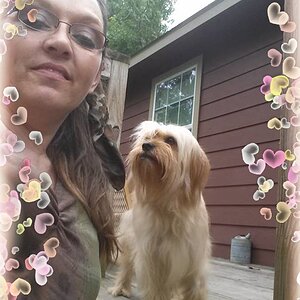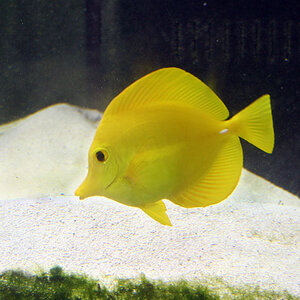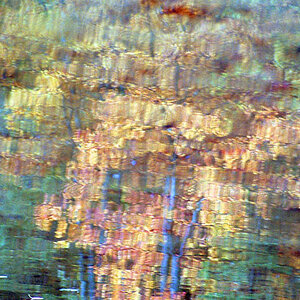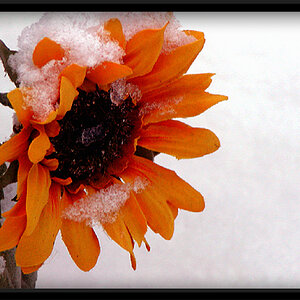Ash Telecaster
TPF Noob!
- Joined
- May 8, 2019
- Messages
- 67
- Reaction score
- 21
- Can others edit my Photos
- Photos OK to edit
Hello friends,
With your generous help I have now successfully photographed a bird, a landscape, the moon, a fuzzy waterfall, and now I want to photograph the Milky Way!
I am using a Canon M50.
There is a designated dark sky park about an hour and a half from my home which I went to Friday night. I was able to get lots of photos of stars but nothing resembling the Milky Way. I have a few theories about that but they are probably all wrong.
I plan on trying again tonight.
Lenses:
I was using Canons 50mm f/1.8 lens with the Viltrox speed adapter. I felt it was too tight. I have a Canon 22mm f/2 lens that I plan on trying. I'm also considering buying a Rokinon RK12M-M 12mm F2.0.
The concern I have regarding the 22mm is that the lens opening is so small and the lens itself looks like a toy compared to other lenses. Does that matter? Do you think I would get a significantly better result with the 12mm?


Now the most important part; what settings would you recommend?
Thank you!!!
Below is a star pic from Friday night for reference...

And a pic from before the clouds cleared up. It was actually super dark but that 50mm f1.8 did an amazing job in low light!

With your generous help I have now successfully photographed a bird, a landscape, the moon, a fuzzy waterfall, and now I want to photograph the Milky Way!
I am using a Canon M50.
There is a designated dark sky park about an hour and a half from my home which I went to Friday night. I was able to get lots of photos of stars but nothing resembling the Milky Way. I have a few theories about that but they are probably all wrong.
I plan on trying again tonight.
Lenses:
I was using Canons 50mm f/1.8 lens with the Viltrox speed adapter. I felt it was too tight. I have a Canon 22mm f/2 lens that I plan on trying. I'm also considering buying a Rokinon RK12M-M 12mm F2.0.
The concern I have regarding the 22mm is that the lens opening is so small and the lens itself looks like a toy compared to other lenses. Does that matter? Do you think I would get a significantly better result with the 12mm?
Now the most important part; what settings would you recommend?
Thank you!!!
Below is a star pic from Friday night for reference...
And a pic from before the clouds cleared up. It was actually super dark but that 50mm f1.8 did an amazing job in low light!






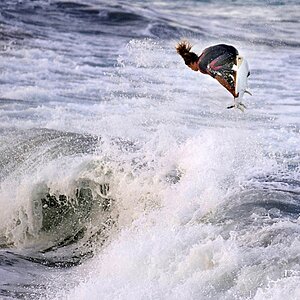
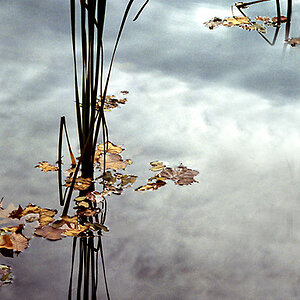


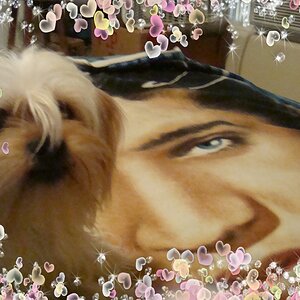
![[No title]](/data/xfmg/thumbnail/36/36299-468f060314a0ac2bf5e37da1c33149d2.jpg?1619737493)
